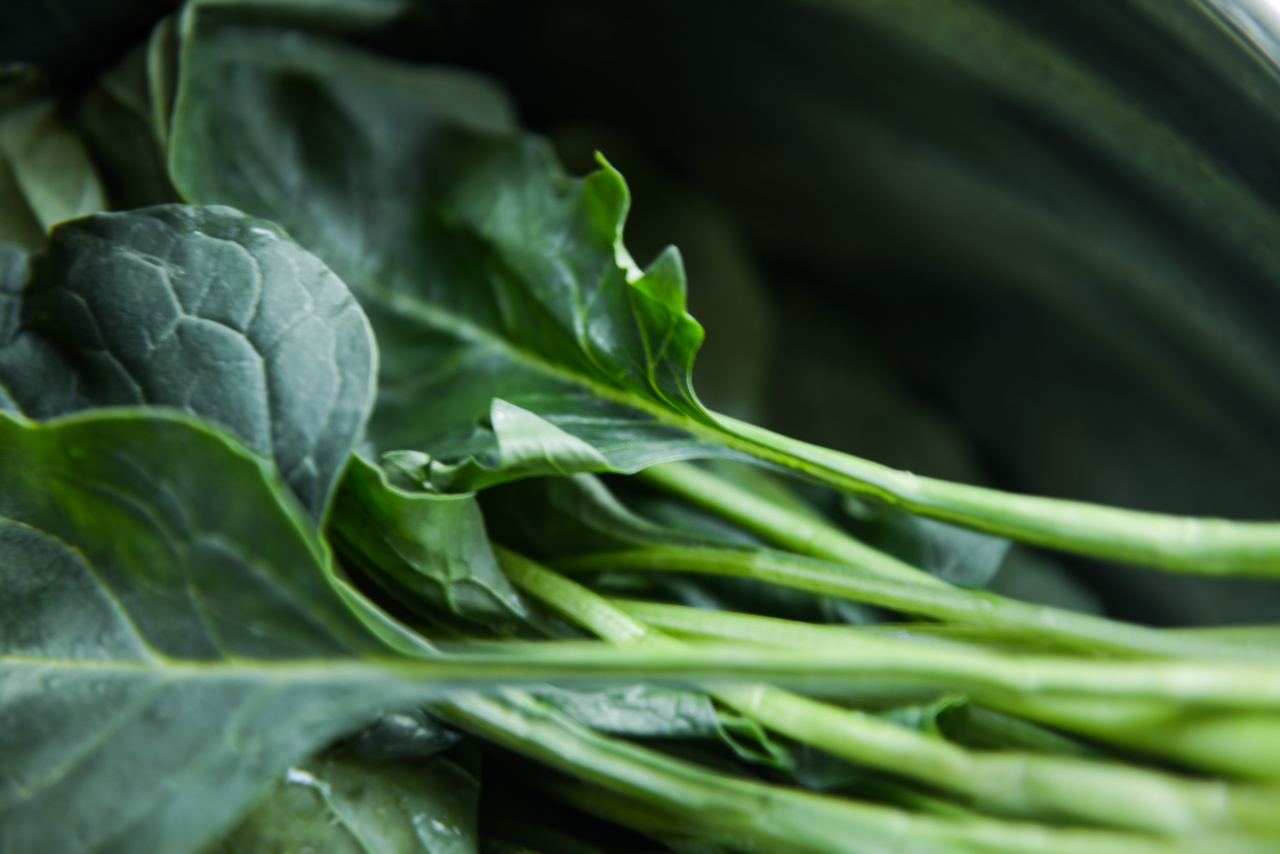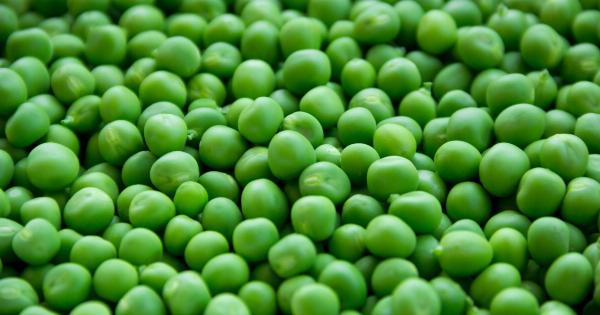When it comes to maintaining a healthy diet, vegetables play a crucial role. Packed with essential nutrients, vitamins, and minerals, vegetables can boost your immune system, help prevent chronic diseases, and support overall health.
However, a common debate arises when it comes to consuming vegetables – should they be eaten raw or cooked? Let’s delve into the advantages and disadvantages of both raw and cooked vegetables to help you make the most informed and beneficial choices for your health.
Raw Vegetables
Eating vegetables in their raw form is a popular choice for many health-conscious individuals. Here are some advantages of consuming raw vegetables:.
1. Nutrient Retention
Raw vegetables tend to maintain more of their nutrients compared to cooked ones. Heat can cause the degradation of certain vitamins, such as vitamin C and B vitamins, making raw vegetables a great option for maximizing your nutrient intake.
2. Enzyme Content
Raw vegetables contain enzymes that aid in digestion and nutrient absorption. These enzymes are sensitive to heat and can be destroyed during the cooking process.
By eating raw vegetables, you can ensure you’re benefiting from their natural enzymes.
3. Fiber Boost
Raw vegetables are an excellent source of dietary fiber, which promotes digestive health, prevents constipation, and helps maintain a healthy weight. Consuming raw vegetables can provide a higher fiber content compared to their cooked counterparts.
4. Hydration
Raw vegetables, such as cucumbers and lettuce, have high water content, making them a great choice for increasing hydration levels.
Staying hydrated is vital for various bodily functions, including digestion, temperature regulation, and nutrient transport.
5. Minimal Processing
Opting for raw vegetables means consuming them in their natural state with minimal processing. This reduces the potential loss of nutrients that can occur during cooking methods like boiling or steaming.
Disadvantages of Raw Vegetables
While raw vegetables offer numerous health benefits, they may not be suitable for everyone:.
1. Digestive Issues
For some individuals, raw vegetables can be harder to digest than cooked vegetables. If you experience bloating, gas, or other digestive discomfort after consuming raw vegetables, lightly steaming or sautéing them may be a preferable option.
2. Reduced Nutrient Absorption
Although raw vegetables contain beneficial enzymes that aid digestion, they also contain certain compounds called enzyme inhibitors. These inhibitors may interfere with the absorption of certain nutrients.
Cooking vegetables can help neutralize these inhibitors, ensuring optimal nutrient absorption.
Cooked Vegetables
Cooking vegetables alters their texture, taste, and nutritional profile. Here are some advantages of consuming cooked vegetables:.
1. Enhanced Flavor
Cooking vegetables can enhance their flavors, making them more enjoyable for individuals who are not fond of the taste of raw vegetables. The added taste can also encourage picky eaters, including children, to consume a wider variety of vegetables.
2. Increased Antioxidant Availability
While cooking vegetables can lead to some nutrient loss, certain cooking methods can actually increase the availability of antioxidants.
For example, lightly steaming carrots or tomatoes can increase the concentration of antioxidants like beta-carotene and lycopene.
3. Improved Digestion
Cooking vegetables breaks down tough fibers and cell walls, making them easier to digest. This can be beneficial for individuals with sensitive digestive systems or those who experience discomfort when consuming raw vegetables.
4. Enhanced Nutrient Absorption
Vegetables contain a variety of beneficial compounds like carotenoids and lutein, which are better absorbed by the body when cooked. The heat from cooking breaks down the cell walls, allowing these nutrients to be more easily absorbed.
5. Food Safety
Cooking vegetables can also help in eliminating potential pathogens and reducing the risk of foodborne illnesses. It provides an extra layer of safety, especially when consuming vegetables that may have been exposed to contaminants.
Disadvantages of Cooked Vegetables
Despite the advantages, cooking vegetables also has a few downsides:.
1. Nutrient Loss
Cooking methods such as boiling can cause water-soluble vitamins like vitamin C and B vitamins to leach into the cooking water, resulting in nutrient loss. To mitigate this, opting for steaming or stir-frying can help retain more nutrients.
2. Oxidation
Cooking vegetables at high temperatures, particularly through methods like deep-frying or grilling, can lead to oxidation. This creates free radicals that may contribute to cellular damage and increase the risk of certain diseases.
3. Increased Caloric Density
Certain cooking methods, such as frying or adding excessive oils and sauces, can significantly increase the calorie content of vegetables. This can be a concern for individuals aiming to manage their weight or follow a low-calorie diet.
Making the Most of Your Choices
The key to maximizing your vegetable consumption is to strike a balance between raw and cooked options. Here are some tips:.
1. Include a Variety
Consume a mix of raw and cooked vegetables to ensure you get a wide range of nutrients and maintain a diverse diet. Different cooking methods can offer unique flavors and textures, adding excitement to your meals.
2. Opt for Light Cooking
Choose cooking methods like light steaming or stir-frying that preserve the nutrient content while enhancing digestibility. This way, you’ll retain more nutrients compared to heavy boiling or deep-frying.
3. Consider Seasonal Factors
During certain seasons, certain vegetables may taste better when cooked, while others lend themselves to being enjoyed raw. Experiment with different cooking methods to find what works best for each vegetable.
4. Be Mindful of Portion Sizes
Be mindful of your portion sizes, particularly when consuming cooked vegetables that may have higher calorie content due to added fats or sauces. Combining them with raw, low-calorie vegetables can help create a balanced meal.
Conclusion
Both raw and cooked vegetables offer distinct benefits, and the ideal choice depends on your personal preferences, digestion, and overall health goals.
While raw vegetables provide maximum nutrient retention and natural enzymes, cooked vegetables have enhanced flavors, improved digestibility, and increased antioxidant availability.
To make the most of your choices, incorporate a variety of both raw and cooked vegetables into your diet. Remember to consider cooking methods that retain nutrients and be mindful of portion sizes for cooked vegetables that may be higher in calories.
By striking a balance, you can reap the nutritional benefits and enjoy the flavors and textures of vegetables in their different forms.






























